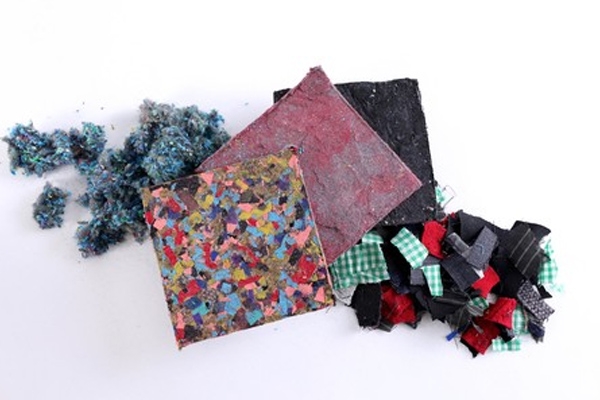
(Image source from: Sustainability Matters)
Disposing clothing that is not anymore needed is a missed opportunity to turn the fabric into brand-new products such as building materials, as well as address our unsustainable landfill difficulties, says an Indian-origin professor.
According to Veena Sahajwalla from University of New South Wales (UNSW) in Sydney, the abundance of cheap clothes and short-lived fashion trends generate 10 million tonnes of landfill in the United States alone each year, which decompose and release toxic chemicals and greenhouse gases.
"It could be said that consumers and the fashion industry have a lot to answer for, given that clothing is now one of the biggest consumer waste streams, with 92 million tons estimated to be thrown out a year globally," said Sahajwalla, who is a Mumbai-born IIT Kanpur alumni.
"The clothing and textiles industry is the second most polluting sector in the world, accounting for 10 percent of the world's total carbon emissions.
"Not only is this bad for the environment, it also misses the opportunity to turn valuable clothing fibers into new products," explains Sahajwalla.
To create new building materials, Sahajwalla and her team gathered a random assortment of garments from charity bins.
After removing zippers, buttons, buckles, they passed the remaining mix of cotton, nylon, polyester, and some other fabrics through a fine-grained shredder.
They then treated the resulting fleece with a chemical to help the different fiber components stick together, then compressed it under high temperature to form solid panels.
In a sequence of tests, the panels evidenced to be water-resistant, strong, and negligibly-flammable. Their properties could also be fine-tuned by blending the fleece with other waste materials such as sawdust filler from old couches.
The panels had different textures and colors resembling wood, ceramic or stone "depending on their mix of components" making them appropriate for use as wall panels, floor tiles, or other interior finishes, Sahajwalla noted.
Their strength could also make them appropriate for load-bearing applications.
Sahajwalla displayed these building products at a thematic session on emerging building technologies at the 10th TERI-GRIHA summit in New Delhi earlier this week.
Sahajwalla and her squad have been scientifically reforming common waste items using prototype technology developed for a laboratory-scale "green micro factory" to be launched in 2019.
-Sowmya Sangam







